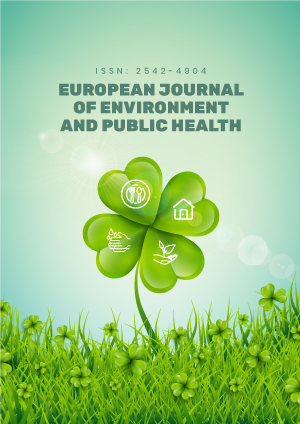Abstract
Background: The beauty-care industry flourishes globally, including in Kathmandu, Nepal. Despite limited research on personal hygiene, beauty parlors lack comprehensive studies. This study aims to assess beauty parlor public hygiene (BPH) awareness among university students.
Methods: The researchers employed a quantitative cross-sectional approach and purposive sampling to gather data from consumers. Consumers were surveyed using self-designed tools, and the researchers assessed the tools’ reliability, validity, and pilot-tested them. The reliability (Cronbach’s alpha) of the tools was measured at 0.793. Prior to conducting the final study, the researchers obtained ethical approval. In this study, the researchers utilized descriptive analysis, t-tests, and Chi-square tests to analyze the data.
Results: In this study, descriptive analysis showed that 53.0% of consumers scored 50.0% or lower in awareness of BPH. A one-sample t-test revealed a significant result (p=0.049) for BPH, with a mean difference of 0.753 (95% confidence interval: 0.0032 to 1.5033). Regarding sociodemographic variables, the mean age of consumers was 26.89 years. 52.1% of consumers visited beauty parlors more than once a month, and 43.8% spent between 501 and 1,000 rupees per month. The main services consumers sought were hair styling/cutting and facial/skin care in this study.
Conclusions: Researchers suggested that below 50.0% of consumers scored low levels of awareness regarding BPH. Therefore, targeted interventions, more in-depth research studies, interdisciplinary collaboration, and standardized protocols for regulating and monitoring beauty parlor services are recommended. Regular laboratory examinations to identify different types of microbes such as bacteria, fungi, and viruses are also suggested to prevent various types of communicable and pandemic diseases.
License
This is an open access article distributed under the Creative Commons Attribution License which permits unrestricted use, distribution, and reproduction in any medium, provided the original work is properly cited.
Article Type: Research Article
EUR J ENV PUBLIC HLT, Volume 8, Issue 2, 2024, Article No: em0157
https://doi.org/10.29333/ejeph/14738
Publication date: 18 Jun 2024
Article Views: 2875
Article Downloads: 3353
Open Access References How to cite this article
 Full Text (PDF)
Full Text (PDF)